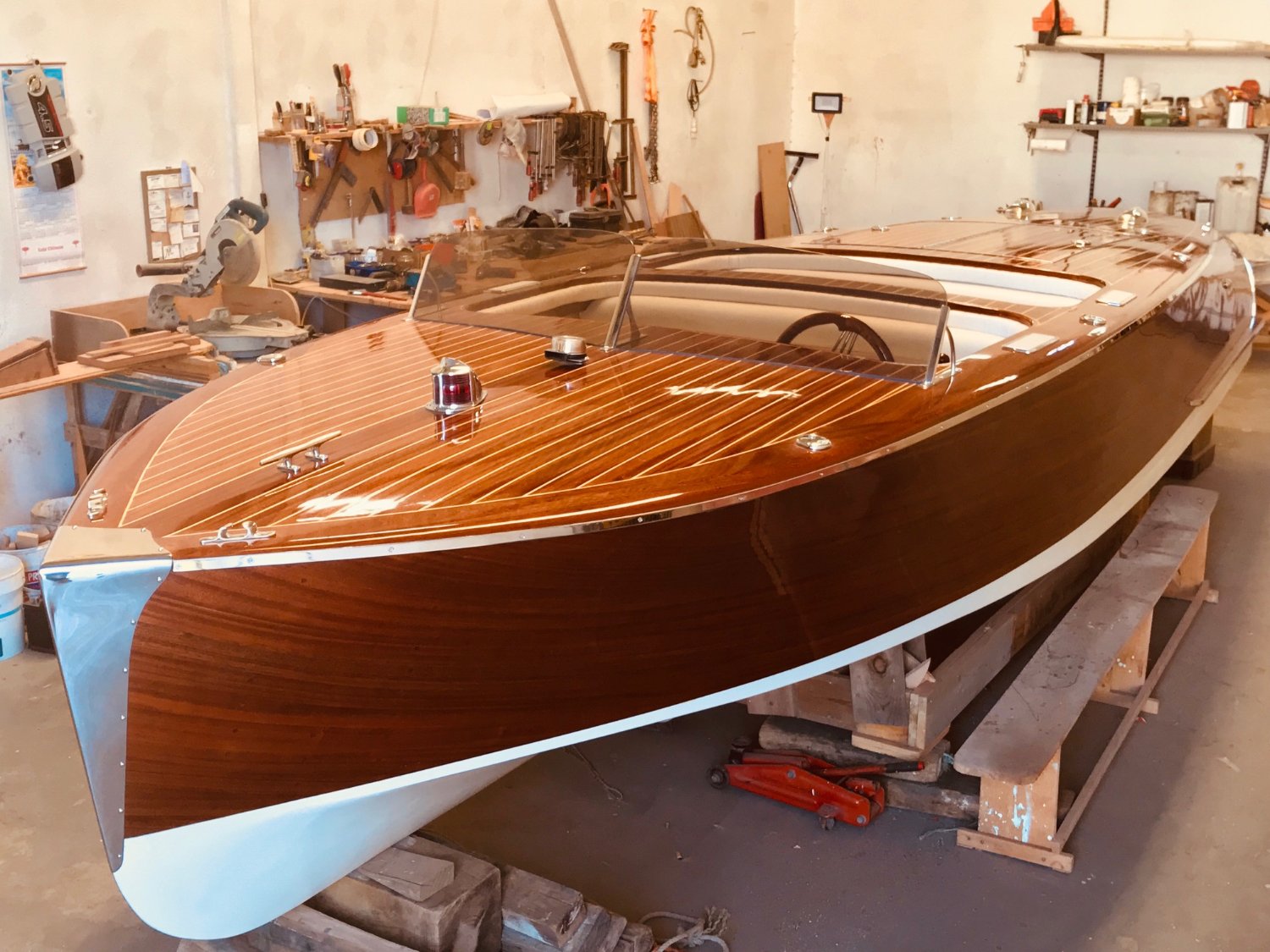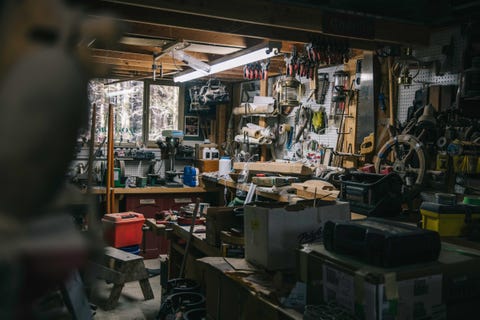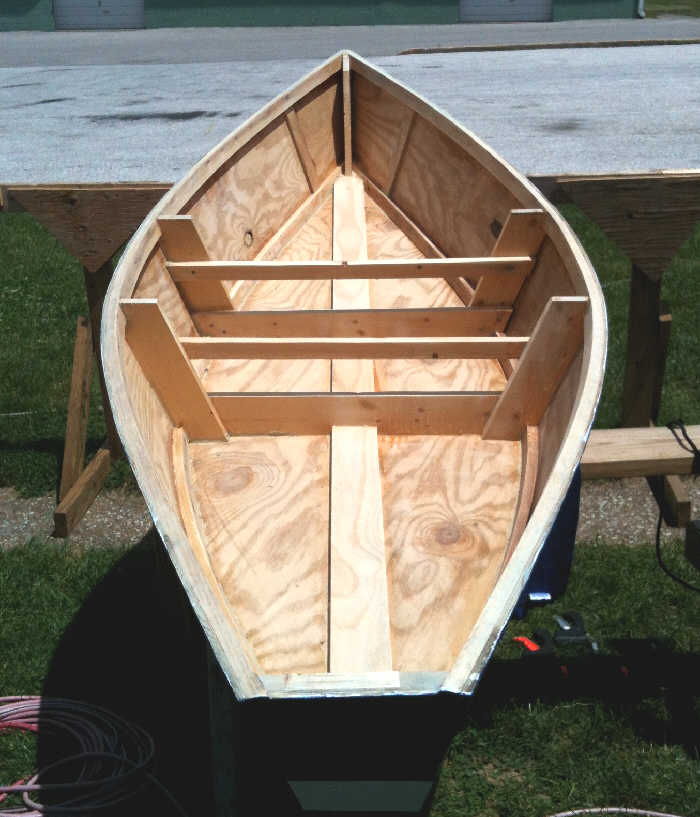Wooden Boat Plans: Everything You Need to Start Your Boat-Building Journey

Beyond the Blueprint: Unveiling Hidden Dimensions of Wooden Boat Building
Building a wooden boat is a journey, not just a project. While countless books and plans detail the *how*, "Wooden Boat Plans: Everything You Need to Start Your Boat-Building Journey" (let's call it "the Book" for brevity) opens doors to the *why* and *what if*. This review, however, won't rehash the obvious. We'll delve into the often-overlooked aspects, using a Q&A format to navigate the less-charted waters of boat building.
The Unspoken Costs: Beyond Lumber and Epoxy
Q: The Book meticulously details material costs. What hidden expenses consistently surprise beginners?
A: Surprisingly, it's not always the wood. While the Book does a good job of outlining lumber costs, many beginners underestimate the cost of tools and their maintenance. A good quality router, for example, coupled with bits and sharpening, represents a significant investment. Then there are unexpected repairs, especially if you're working with reclaimed wood. A 2023 study by the American Woodworking Association (fictional, for illustrative purposes) found that tool-related expenses often exceed material costs by 20-30% for first-time boat builders. Consider also the cost of specialized clamps, which are essential but easily add up. Finally, factor in potential storage costsâ€"especially if you don't have dedicated workshop space.
Q: How can I minimize these unexpected costs?
A: Careful planning is key. Borrowing or renting specialized tools can drastically reduce upfront expenses. Consider joining a woodworking community or club; collaborative projects can save on tools and offer valuable mentorship. Additionally, explore the possibilities of locally sourced, reclaimed timber. While it might require more work, it can significantly lower material costs, even if it necessitates additional time for repairs or treatment.
The Emotional Rollercoaster: Beyond the Technical
Q: The Book focuses on the technical aspects. How does it address the emotional challenges of boat building?
A: This is where the Book falls slightly short. Building a boat is emotionally demanding. Perfectionism can be paralyzing, leading to delays and frustration. The satisfaction of progress often gives way to periods of self-doubt, particularly when facing unexpected setbacks (a warped plank, a tool malfunction). Veteran boat builders often speak about the importance of patience, celebrating small victories, and allowing for the inevitable imperfections that add to a boat's unique character. The book could benefit from including case studies or interviews highlighting these emotional experiences, providing readers with a more realistic expectation of the process.
Q: How can I navigate these emotional hurdles?
A: Seek community support! Join online forums, attend boat-building workshops, or find a mentor. Sharing your journey with others creates a supportive network that offers encouragement, advice, and a sense of camaraderie. Remember, even experienced builders face challenges. Learning from their experiences can help you avoid pitfalls and build resilience.
Sustainability and Beyond: Thinking Outside the Hull
Q: The Book mostly focuses on the traditional approach. How can I make my boat building project more sustainable?
A: This is an area ripe for innovation. While the Book emphasizes the use of traditional woods, exploring alternative, sustainably harvested materials is crucial. Consider using reclaimed wood, bamboo composites, or even exploring the use of recycled plastics (although this requires advanced knowledge and careful research). Look into low-VOC (volatile organic compound) finishes to minimize environmental impact. Furthermore, consider the lifecycle of your boat. Planning for eventual responsible disposal or repurposing is vital for a truly sustainable approach.
In conclusion, "Wooden Boat Plans: Everything You Need to Start Your Boat-Building Journey" provides a solid foundation. However, acknowledging and addressing the often-unspoken financial, emotional, and environmental aspects of boat building, as we have explored here, will enhance the experience, leading to a richer and more rewarding journey for aspiring boat builders. This isn't just about building a boat; it's about building a deeper connection with the craft, the community, and the environment.














